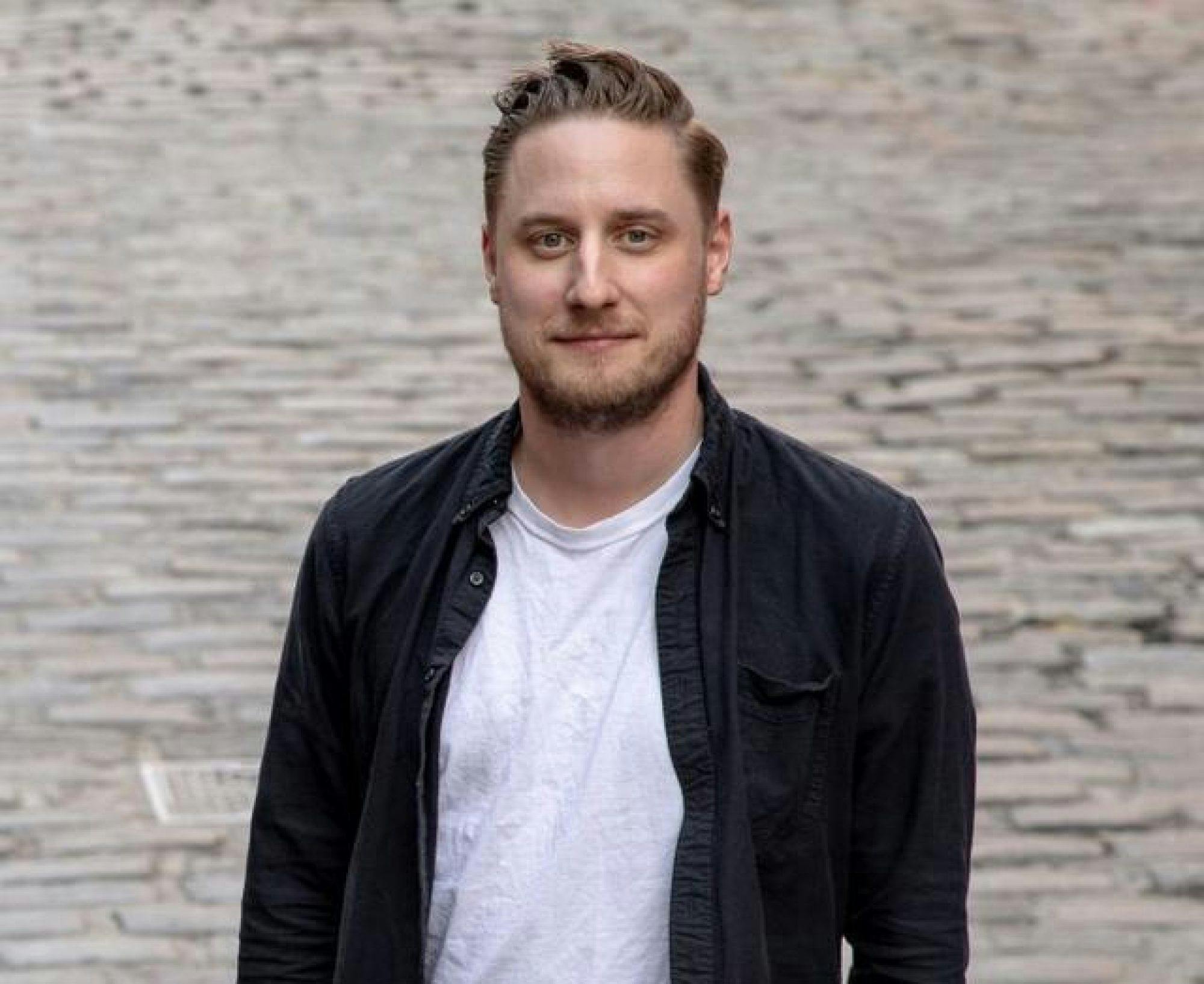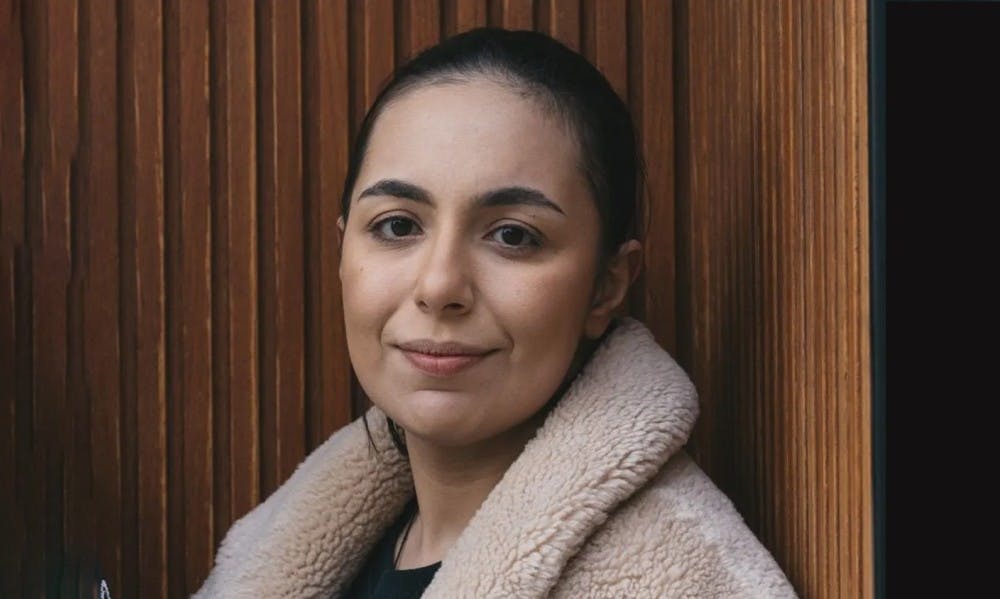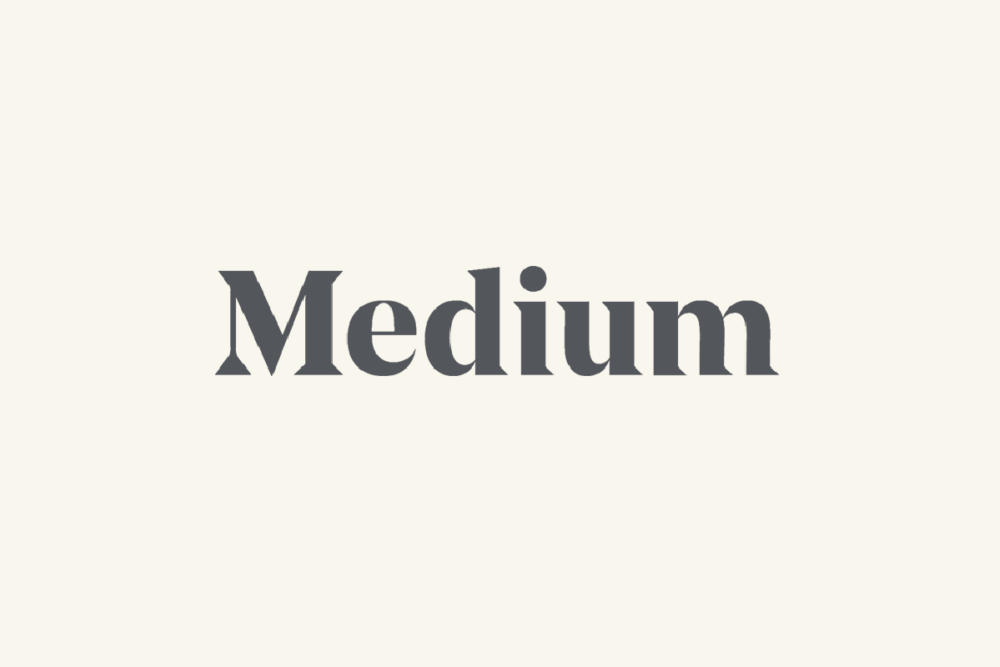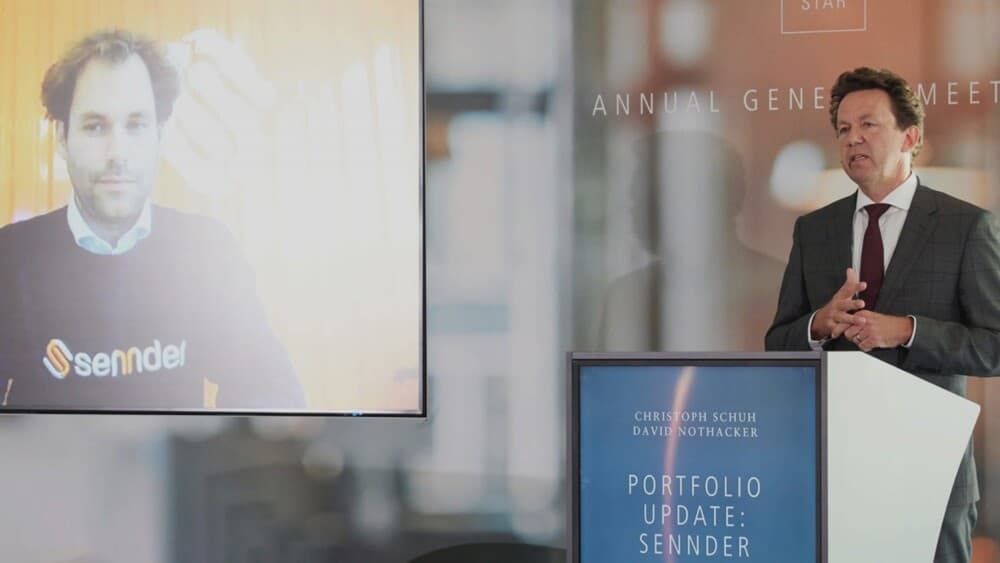Founders' Stories|Insights|
How Public is opening the stock market to all
Public is democratising investment in the stock market with the creation of a social network around its stock brokerage. Co-CEO Leif Abraham describes how the ‘fan base’ is powering the company’s growth.
LEIF ABRAHAM, CO-CEO, PUBLIC.COM
Investing in the stock market is easy, but there is a perceived barrier that prevents people from entering. The barrier isn’t made up of fees, lack of availability or accessibility – it’s a psychological barrier. Many people think that the stock market is just not for them: they are not taught about it at school; and some think they need to study business to know what they are doing. I know exactly how they feel – I was over 30 before I considered investing in the stock market.
This is where Public comes in. We are democratising investing in the stock market through the creation of a social network. Our model is hinged on the idea of approachability and giving people things that they already recognise.
Public has two sides to it. One side is the stock brokerage where you can buy any stocks with any amount of money, high or low. Being able to purchase, for example, USD20 of stock obviously creates more access. But access alone does not make investing approachable.
That’s where the second part of our offer comes in: the social network. Creating a social network around the stock market makes it possible for people to learn from the experiences from others. They can see who else has invested and why, and enter dialogues to learn more about specific stocks or sectors. Investors can feel that they are surrounded by people just like them.
Creating a social network around the stock market makes it possible for people to learn from the experiences from others.
The social network we have created also offers a way to build financial literacy, step by step. Reading a 500-page Tony Robbins book requires a pretty heavy effort. People find it easier to learn by doing – and they can with us, starting with just a few dollars. They can then use our social network to learn from the experiences of others, whether that is someone translating earnings reports or distilling a discussion on CNBC.
Just like on any social network, investors can follow people. They can see someone’s portfolio – not how much money they have in there but what companies they own. There’s also a feed to post to, for sharing ideas and thoughts. In this way we are scaling education of the stock market. After all, no editorial team on this planet has the ability to cover the depth and the width of the stock market. But a community can. That makes us so powerful in terms of content creation, and that content is curated by the user. In a social network, you can go deep and you can go very wide. For example, on Public you can literally follow someone who covers Tesla and nothing else.
We also fill a gap in investing style. Traditionally there have been two styles of investing. One, the day trader market, is short-term and speculative, often dealing in options and shorting stocks. That’s where you see the likes of ETrade and Robinhood. The other is passive investing where people have their money stashed away with the likes of Vanguard or Fidelity.
The speculative day trader is actively engaged and learning all the time while the passive investor does not often get the opportunity to build financial literacy.
We sit in the middle of these two styles. The day trader model is high engagement but it is also high churn. People burn out and day traders lose money. On the other side, in the passive investing model you have low churn because people invest for a long time, but you also have very low engagement. We have low churn because we have long-term investors. But we have high engagement because of the content that the community provides.
Like active investors, people on Public pick their own stocks and they build their own portfolio, but 90 per cent of our customers are long-term investors, so they’re not day trading. They are though actively engaged in the stock market because of the content they receive around their portfolio. That combination is our secret sauce.
If you think of stock as just a commodity, you realise that whether you buy that stock via a Deutsche Bank brokerage account, or through Schwab or Fidelity, it’s the same stock. On Public, when you buy a stock you also lock in experience around that stock. For example, if you bought into Tesla, suddenly you can follow people that cover Tesla and engage with those who have invested in it.
Other content is available too: we have ‘town halls’, where company CEOs answer investors’ questions. There is also a live audio broadcast on the app every day, where market trends and certain companies are discussed.
On Public, 90 per cent of customers are first-time investors, so we’re growing the market, rather than just stealing people from other brokerages.
It’s exciting to be based in the US because that is a massive market. But we also have to be aware of how quickly it can shift. For example, the SEC, which regulates the stock market in the US, is actively starting to look into regulating payment for order flow. This would impact our major competitors who were making a lot of money from that, but we saw this regulation coming and since February we have not participated in payment for order flow. We believe that we are ahead in terms of building a new business model that is aligned with the incentives of our members. This should give us more longevity and make us more sustainable than our competitors.
Again, this comes down to the middle ground that we occupy, this time in terms of business model. Speculative models make the vast majority of their money on things like payment for order flow while the passive investing model makes money on fees or product services, such as interest and securities lending. We are building a well-diversified business model, and we don’t rely on any particular corner for the majority of our earnings.
This is reflected in our growth, which has been phenomenal. In 2020 we grew 13x over the year. In January and February this year, our community doubled in size. Within 18 months we attracted more than 1 million members to the app and our growing community.
With such quick growth comes typical start-up pains, such as scaling the organisation and trading systems and onboarding new employees, which has been particularly challenging in a world where so many people are working remotely right now. Adding to that, we are also launching new features, such as crypto. And we now have an office in Europe, in Copenhagen.
Most of our growth has been organic, via word of mouth. But we are clear in our focus: we are building a fan base, not a user base. By building a fan base we will acquire customers who are truly excited about what we do. That in turn leads to the organic and sustainable acquisition of more customers as well as low churn and high retention. That is why we think of ourselves as building a mass consumer company and why we align with pop culture. You will see celebrities on the app as well as Public channels on YouTube and TikTok.
What also allows us to scale is that we have a very defined culture of how we work and what our principles are. In fact, we have published our cultural principles and that creates alignment, which in turn creates autonomy and understanding. These principles are tools that we use every day.
Public's 10 core principles
- Honesty kills bullshit
- Feedback comes from a place of care
- Loyalty through care
- Autonomy through alignment
- Work fast through organised speeding
- Urgency with empathy
- We are directly responsible
- We don't make excuses
- What could go right?
- Find a way
I think this demonstrates that we are a very values-driven company, which is why the fit with Lakestar is so great. From the start of our relationship with Lakestar it was obvious that the firm brings a European point of view of working. Certainly, some European values in terms of how to run a business are different from those in the US. Even the way we are structured is quite European, with Jannick Malling and I both operating as co-CEOs, which is quite unusual in the US.
Our values are also in the product. For example, we are literally the only stock brokerage that labels risky stocks as risky. It all comes from having very clear opinions and a very clear mission: build something that people believe in.

Leif Abraham









